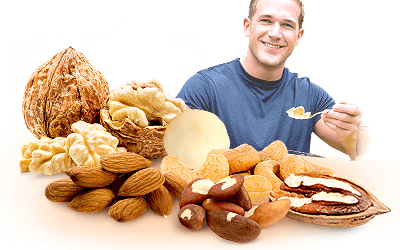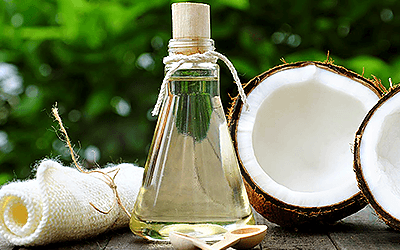Arracacha is an Andean tuber recognized for its high nutritional value in its native land. The roots used for commercial purposes constitute about 20-30% of the plant, with the rest (70-80%) going to waste.1
However, studies suggest that other parts of arracacha - such as leaves, crown, shoots, and non-commercial roots - are a good source of important nutrients and could be used to increase the nutritional and economic value of various food products, like baked goods.
In this study, Brazilian researchers assessed the effects of using arracacha flour in place of cornmeal on semisweet biscuits, particularly their nutritional composition and physical characteristics.
The Study
To obtain arracacha flour, the shoots and non-commercial roots of arracacha were broken into pieces and dried for 72 hours. Then they were ground into flour.
Biscuits were made with seven different formulations. The standard formulation contained sugar, butter, eggs, cassava starch, water, and cornmeal. The only thing that varied in the other six formulations were the amounts of cornmeal and arracacha flours.
Researchers studied the differences in the fiber content as well as the color, texture, and other characteristics of the biscuits.
The Results
Biscuits made with 50% cornmeal and 50% flour of non-commercial arracacha roots had a 33% higher fiber content as well as a 28% lower caloric value in comparison to the standard formulation.
Similarly, biscuits made with equal amounts of cornmeal, arracacha flour of arracacha shoots, and flour of non-commercial arracacha roots had a 44% higher fiber content and a 25% lower calorie content.
Biscuits made with the shoots of arracacha had the highest protein content of all formulations.
In terms of texture, biscuits made with non-commercial roots had softer texture than those made with flour of arracacha shoots. Adding flour of arracacha shoots results in a darker color of biscuits.
What Does this Mean?
The results of this study show that using arracacha flour can increase fiber content and reduce caloric value of baked goods, such as semisweet biscuits.
Arracacha's unique nutritional composition makes it a valuable addition to a variety of foods. Besides other nutrients, it is particularly rich in resistant starches, which ferment in the large intestine and promote the growth of good bacteria in the gut, thus boosting it overall health.
Other herbs that can be added as flour to baked goods and increase their nutritional composition are quinoa, amaranth, millet, and buckwheat.
Sources
- The CEPPA Bulletin, Substitution of cornmeal for flour of shoots and non-commercial roots of arracacha (Arracaria xanthorrhiza Bancroft) in the processing of semisweet biscuits, 2016
Footnotes:
- Ciência e Agrotecnologia. (2002). Uso de subprodutos de Mandioquinha – Salsa (Arracacia xanthorrhiza), Cará (Dioscorea sp.) e inhame (Colocasia esculenta) na alimentação de frangos de corte. Retrieved August 11, 2023, from https://www.yumpu.com/pt/document/view/12778505/uso-de-subprodutos-de-mandioquinha-salsa-arracacia-




